-
-
 Cardiology
Cardiology
-
 Clinical Oncology
Clinical Oncology
-
 Dental
Dental
-
 Dermatology
Dermatology
-
 Ear, Nose, Throat (ENT)
Ear, Nose, Throat (ENT)
-
 Endocrinology
Endocrinology
-
 Gastroenterology
Gastroenterology
-
 General Surgery
General Surgery
-
 Gynecology & Obstetrics
Gynecology & Obstetrics
-
 Interventional Cardiology
Interventional Cardiology
-
 Nephrology
Nephrology
-
 Neurology
Neurology
-
 Oncology Surgery
Oncology Surgery
-
 Ophthalmology
Ophthalmology
-
 Orthopedics
Orthopedics
-
 Pediatrics
Pediatrics
-
 Pediatrics Surgery
Pediatrics Surgery
-
 Physiotherapy
Physiotherapy
-
 Plastic Surgery
Plastic Surgery
-
 Psychiatry & Psychology
Psychiatry & Psychology
-
 Radiology
Radiology
-
 Urology
Urology
-
 Vascular Surgery
Vascular Surgery
-
Water: The Universal Solvent Explained
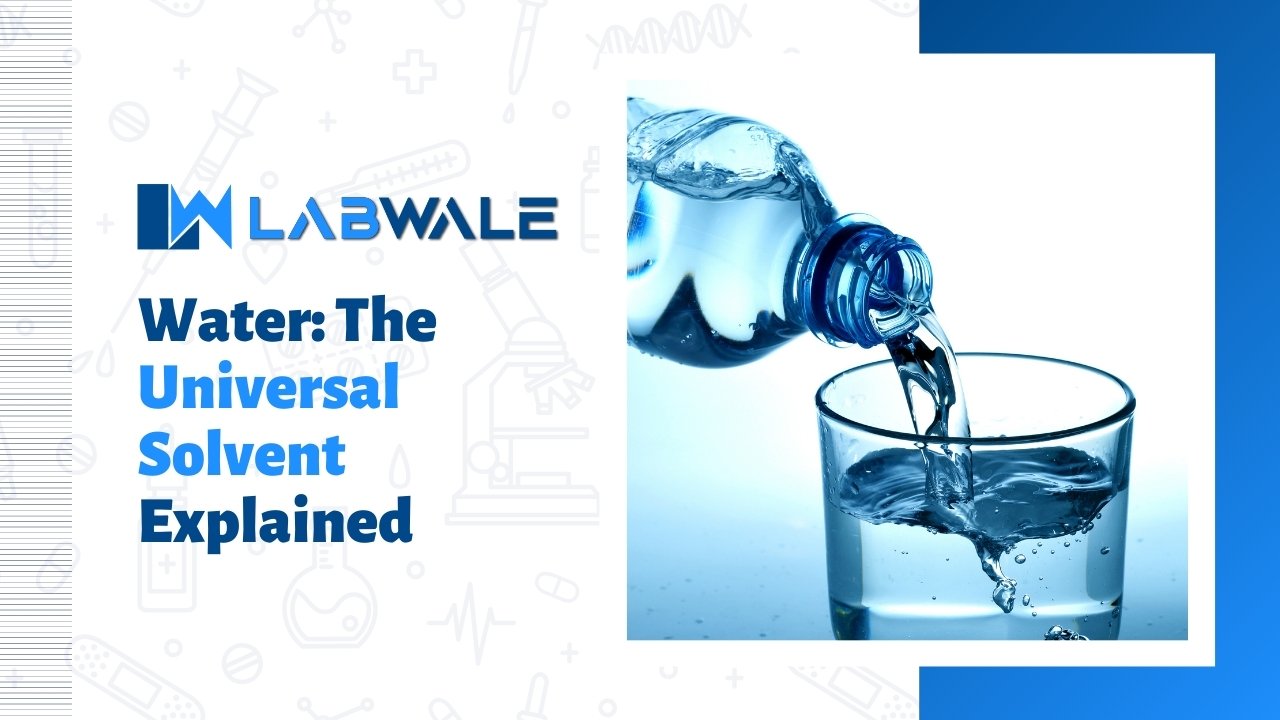
Contents
- Introduction to Water as the Universal Solvent
- What Does “Universal Solvent” Mean in Chemistry?
- The Molecular Structure of Water and Its Polarity
- Why Water Dissolves More Substances Than Any Other Liquid
- Role of Hydrogen Bonding in Water’s Solvent Power
- How Polarity Influences Solubility in Water
- Types of Substances That Dissolve Easily in Water
- Substances That Do Not Dissolve in Water and Why
- Water as a Solvent in Biological Systems
- Importance of Water as a Solvent in the Human Body
- Water’s Role in Chemical Reactions and Metabolism
- Industrial Applications of Water as a Solvent
- Water as a Solvent in Environmental Processes
- Solvent Properties of Water in Laboratory Experiments
- Factors Affecting Solubility in Water
- Temperature and Its Effect on Water’s Solvent Ability
- Pressure Effects on Solubility in Water
- Comparison of Water with Other Common Solvents
- Limitations of Water as a Universal Solvent
- Common Misconceptions About Water’s Solvent Properties
- Real-World Examples of Water Acting as a Solvent
- Why Water Is Essential for Life on Earth
- Conclusion
- Frequently Asked Questions About Water as a Solvent
Introduction to Water as the Universal Solvent
Water is everywhere, and yet it often goes unnoticed. It fills our oceans, hydrates our bodies, and nourishes the plants we depend on. But there’s more to this clear liquid than meets the eye. Water possesses a unique ability that makes it indispensable in nature—it’s dubbed the “universal solvent.” This intriguing title hints at its remarkable capacity to dissolve various substances, playing a pivotal role in countless processes around us.
Have you ever pondered what sets water apart from other liquids? What gives it such extraordinary powers when it comes to dissolving things? As we dive deeper into this fascinating topic, you’ll discover how water’s molecular structure contributes to its unmatched solvent capabilities and why it’s essential for life on Earth. From biological systems to industrial applications, let’s explore the science behind why water truly deserves its reputation as a universal solvent!
What Does “Universal Solvent” Mean in Chemistry?
The term “universal solvent” refers to water’s remarkable ability to dissolve a wide variety of substances. This characteristic is crucial in chemistry and biology.
In simple terms, it means that many compounds can easily mix with water. These include salts, sugars, acids, and gases like carbon dioxide.
Water’s unique properties make it ideal for this role. It interacts with different molecules due to its polar nature.
When a substance dissolves in water, the molecules separate and become surrounded by water molecules. This process allows solutions to form easily.
Because of these qualities, scientists often use water as a standard solvent in experiments. Its versatility plays an essential part in countless chemical reactions that occur daily around us.
The Molecular Structure of Water and Its Polarity
Water’s molecular structure is quite fascinating. Each water molecule consists of two hydrogen atoms bonded to one oxygen atom, creating an angular shape. This arrangement gives water its unique properties.
The polarity of a water molecule plays a key role in its behavior as a solvent. Oxygen has a higher electronegativity than hydrogen, which means it attracts electrons more strongly. As a result, the oxygen end of the molecule carries a slight negative charge while the hydrogen ends have slight positive charges.
This uneven distribution of electrical charge creates polar molecules that can interact with other charged or polar substances effectively. It’s this characteristic that allows water to dissolve various ionic and polar compounds easily, making it essential for countless chemical reactions and biological processes.
Why Water Dissolves More Substances Than Any Other Liquid
Water’s unique properties make it an exceptional solvent. Its molecular structure allows for a wide array of interactions with other molecules. This versatility is rooted in its polar nature.
The positive and negative ends of water molecules attract various ions and polar substances. As a result, many compounds readily dissolve when mixed with water.
Moreover, the hydrogen bonds formed between water molecules enhance their ability to surround solute particles. This process effectively pulls apart ionic or polar compounds, facilitating dissolution.
Additionally, the relatively high dielectric constant of water reduces the electrostatic forces that hold ions together in solid forms. Such characteristics empower water to break down salts, sugars, acids, and more easily than any other liquid.
In essence, it’s this combination of polarity and molecular interaction that enables water to outperform all other solvents in dissolving diverse substances efficiently.
Role of Hydrogen Bonding in Water’s Solvent Power
Hydrogen bonding is a key player in water’s ability to dissolve substances. These bonds occur between the hydrogen atoms of one water molecule and the oxygen atom of another, creating an intricate network.
This interaction contributes significantly to water’s high polarity. The uneven distribution of electron density means that water molecules can easily surround and interact with solute particles.
When a substance enters the water, hydrogen bonds help tug at its molecules. This process pulls apart ionic or polar compounds effectively, allowing them to disperse evenly throughout the solution.
The strength and flexibility of these bonds enhance water’s solvent capabilities. They enable it to stabilize ions and polar molecules as they separate from their solid forms.
In essence, hydrogen bonding transforms water into an exceptional solvent. It facilitates numerous chemical reactions vital for life processes across various environments.
How Polarity Influences Solubility in Water
Polarity plays a crucial role in determining how substances dissolve in water. The unique structure of the water molecule, with its bent shape and uneven distribution of electron density, creates a positive end and a negative end.
This polarity allows water to interact effectively with other polar molecules or ionic compounds. When a substance is added to water, the polar molecules surround the solute particles. This interaction facilitates the breaking apart of bonds within the solute.
For instance, when table salt (sodium chloride) enters water, the positive sodium ions are attracted to the negative oxygen atoms in water. Simultaneously, the negative chloride ions are drawn toward the hydrogen atoms. These attractions help separate and disperse them throughout the solution.
Non-polar substances lack this kind of interaction with water molecules. Since there’s no charge for them to attract or repel each other effectively, they remain insoluble in this universal solvent.
Types of Substances That Dissolve Easily in Water
Many substances readily dissolve in water, thanks to its unique properties. Ionic compounds are prime examples. When table salt (sodium chloride) is added to water, the positive and negative ions separate and disperse.
Polar molecules also mix well with water. Sugar is a common example; it dissolves effortlessly due to its polar hydroxyl groups interacting favorably with water’s dipoles.
Acids and bases, like hydrochloric acid or sodium hydroxide, showcase similar behavior. They dissociate into ions that interact smoothly with water’s molecular structure.
Certain gases can even dissolve in liquid form. Carbon dioxide does this quite effectively under pressure, adding fizz to soft drinks when combined with water.
These types of substances highlight how versatile and powerful water is as a solvent in various contexts.
Substances That Do Not Dissolve in Water and Why
Not everything mixes well with water. Certain substances, known as non-polar compounds, refuse to dissolve in this universal solvent.
Take oil, for example. Its molecules are structured differently from those of water. Oil is hydrophobic, meaning it repels water instead of attracting it. When you pour oil into a glass of water, they separate rather than blend.
Another group includes many plastic materials and waxes. Their molecular structure lacks the polarity needed for interaction with water molecules. As a result, these substances remain distinct when introduced to H2O.
Even some salts can be problematic under specific conditions due to their crystalline structures and interactions with other ions in solution. Such variations highlight how solubility depends on chemical structure rather than just being aqueous or solid alone.
Water as a Solvent in Biological Systems
Water plays a pivotal role in biological systems. It serves as the medium for countless biochemical reactions essential for life. Cells, made up of approximately 70% water, rely on this solvent to facilitate metabolic processes.
Nutrients dissolve in water, allowing them to be transported efficiently throughout organisms. This solvation is crucial for cellular functions and energy production.
Moreover, water helps maintain temperature regulation within living beings. Through its high specific heat capacity, it absorbs excess heat without drastic changes in temperature.
In addition to supporting chemical reactions, water acts as a lubricant and cushion around organs. This protective function is vital in minimizing damage during movement or impact.
The versatility of water extends beyond mere transportation; it also assists in maintaining pH balance within cells and tissues. Such stability is necessary for optimal functioning and overall health.
Importance of Water as a Solvent in the Human Body
Water plays a critical role as a solvent in the human body. It facilitates countless biochemical reactions essential for survival. Nutrients, vitamins, and minerals dissolve in water, allowing cells to absorb them efficiently.
This solvent property supports digestion and nutrient transportation. When we consume food, water helps break it down into smaller molecules that our bodies can utilize.
Moreover, water aids in regulating temperature through perspiration. Sweating releases heat while maintaining internal equilibrium—this wouldn’t be possible without water’s unique ability to dissolve various substances.
In addition, waste products are removed from the body via urine or sweat—a process heavily reliant on water’s dissolving power. Hydration ensures these functions operate smoothly and contributes to overall health and well-being.
The body’s reliance on this universal solvent is profound; it keeps us functioning at optimal levels day after day.
Water’s Role in Chemical Reactions and Metabolism
Water plays a crucial role in facilitating chemical reactions within living organisms. It serves as a medium where reactants can collide and interact, leading to the formation of products. This is especially important in metabolic pathways.
In metabolism, water participates directly in hydrolysis reactions, breaking down complex molecules into simpler ones. For instance, when carbohydrates are metabolized for energy, water helps split them apart efficiently.
Moreover, many enzymes require a watery environment to function optimally. These proteins rely on specific conditions provided by water to catalyze biochemical reactions effectively.
Additionally, water aids in transporting nutrients and waste products throughout cells and tissues. This movement supports cellular functions that sustain life itself. Without adequate amounts of water, these processes would slow down significantly or even come to a halt entirely.
Industrial Applications of Water as a Solvent
Water plays a pivotal role in various industrial processes. Its ability to dissolve numerous substances makes it an invaluable resource across multiple sectors.
In pharmaceuticals, water serves as the primary solvent for drug formulation. It aids in creating solutions that are essential for effective medication delivery and efficacy.
The food industry relies heavily on water for processing ingredients. From extracting flavors to rehydrating dried products, its versatility is unparalleled.
Manufacturers utilize water in cleaning agents, ensuring equipment remains free of contaminants. This not only enhances product quality but also upholds safety standards within facilities.
Additionally, in chemical manufacturing, water acts as a medium for reactions and separations. Its properties facilitate the production of countless compounds used daily by consumers worldwide.
Without doubt, industries depend on this universal solvent to optimize operations while maintaining sustainability.
Water as a Solvent in Environmental Processes
Water plays a crucial role in environmental processes, acting as a natural solvent that facilitates various chemical reactions. It helps transport essential nutrients and minerals through soil and water bodies, supporting ecosystems.
In rivers and lakes, water dissolves gases like oxygen and carbon dioxide. This process is vital for aquatic life, enabling fish to breathe and plants to photosynthesize efficiently.
Additionally, water’s ability to dissolve pollutants can both help purify environments or contribute to ecological damage when contaminants are present. The balance between these effects highlights the delicate interplay of interactions in nature.
Moreover, rainwater acts as a solvent too. It absorbs carbon dioxide from the atmosphere, forming weak acids that weather rocks over time. This gradual breakdown enriches soils with minerals necessary for plant growth.
Understanding how water operates within these systems underscores its significance beyond just hydration; it’s integral to maintaining environmental health.
Solvent Properties of Water in Laboratory Experiments
Water’s unique properties make it a staple in laboratory experiments. Its ability to dissolve a wide range of substances allows scientists to create various solutions needed for research and analysis.
In many experiments, water acts as the medium where reactions occur. Its high heat capacity helps maintain stable temperatures during sensitive procedures. This stability is crucial when conducting reactions that require precise conditions.
Moreover, water’s polarity enhances its solvent capabilities, making it ideal for ionic and polar compounds. Researchers can easily manipulate concentrations by adjusting the amount of water used.
In biochemical studies, using water as a solvent mimics natural environments found within living organisms. This relevance aids in understanding biological processes more accurately.
Laboratories also benefit from water’s non-toxic nature compared to organic solvents. This feature promotes safety while allowing researchers to focus on their work without worrying about hazardous materials.
Factors Affecting Solubility in Water
Solubility in water is influenced by several key factors. Temperature plays a crucial role. Generally, as the temperature rises, solubility increases for most solid substances. However, gases behave differently; their solubility tends to decrease with higher temperatures.
Pressure also affects solubility, especially for gases. Increasing pressure can enhance gas solubility in liquids—a principle seen when carbonated beverages are bottled under high pressure.
The nature of the solute matters too. Polar molecules dissolve well in water due to its polarity while non-polar compounds struggle to mix.
Particle size and surface area come into play as well. Smaller particles have more surface area exposed to solvent molecules, leading to quicker dissolution rates.
Stirring or agitation promotes faster dissolving by distributing the solute more evenly throughout the solvent. Each factor contributes uniquely to how substances interact with water and determine their overall solubility profile.
Temperature and Its Effect on Water’s Solvent Ability
Temperature plays a crucial role in determining how effectively water acts as a solvent. As the temperature increases, water molecules move faster. This heightened energy helps them interact more vigorously with solute particles.
When substances dissolve, they often require some degree of energy to break apart their molecular bonds. Warmer temperatures provide that needed boost. For many solids, such as salts and sugars, higher temperatures can enhance solubility significantly.
However, it’s important to note that not all substances behave this way. Some gases become less soluble in water at elevated temperatures due to decreased interactions between gas molecules and the solvent.
Understanding these nuances is vital for applications ranging from cooking to chemical manufacturing. Temperature adjustments can optimize processes involving dissolving materials in water efficiently.
Pressure Effects on Solubility in Water
Pressure has a fascinating impact on solubility, particularly for gases in water. As pressure increases, the ability of gas molecules to dissolve rises significantly. This phenomenon is explained by Henry’s Law, which states that the amount of dissolved gas is proportional to its partial pressure above the liquid.
Imagine carbonated beverages. They are bottled under high pressure to keep carbon dioxide dissolved. When you open a can or bottle, the pressure drops rapidly, and bubbles form as CO2 escapes into the atmosphere.
However, this effect is less pronounced with solids and liquids. For them, changes in pressure have minimal influence on solubility compared to temperature variations. Still, understanding how these dynamics work helps scientists predict behaviors in various environments—be it natural ecosystems or industrial processes where precise solubility control matters.
Comparison of Water with Other Common Solvents
Water stands out among solvents due to its unique properties. Unlike many organic solvents, it is polar and can dissolve a wide range of ionic and polar substances. This makes water incredibly versatile in various chemical reactions.
Alcohols, for instance, are also polar but tend to have different solubility profiles. They may dissolve some non-polar substances better than water can thanks to their hydrocarbon chains.
Then there’s acetone, known for dissolving oils effectively. While it excels with non-polar compounds, it doesn’t match water’s ability to interact with ions or charged molecules.
Chloroform offers another comparison; it’s often used in organic chemistry for extracting certain compounds. However, its toxicity poses hazards that make water the safer choice in many applications.
Each solvent has strengths and weaknesses based on its molecular structure. Understanding these differences helps scientists choose the right medium for specific tasks.
Limitations of Water as a Universal Solvent
While water is renowned for its solvent capabilities, it does have limitations. Not every substance dissolves in water, and this can be attributed to a few factors.
For starters, nonpolar molecules struggle to mix with polar solvents like water. Substances such as oils and fats remain separate because they lack the necessary interactions with water molecules.
Another limitation arises when considering ionic compounds. Some salts dissolve well in water due to their charged particles interacting effectively. However, others do not readily dissociate, leading to limited solubility.
Temperature also plays a significant role. While heating often increases solubility for many solids, some substances become less soluble at higher temperatures.
PH levels can influence how certain chemicals behave in solution. Changes in acidity or alkalinity may affect the ionization of compounds and their ability to dissolve effectively.
Common Misconceptions About Water’s Solvent Properties
Many people believe that water can dissolve everything. This is not true. While it’s a fantastic solvent, some substances simply won’t mix with it.
For instance, oils and fats are hydrophobic. They repel water rather than dissolving in it. Similarly, most gases don’t dissolve well either. Think of carbon dioxide in soda; even though it’s dissolved under pressure, once you open the bottle, it escapes rapidly.
Another misconception is that all ionic compounds will easily dissolve in water. While many do, some require specific conditions to break apart properly.
People often assume temperature increases solubility for all substances equally as well. That’s not always accurate—some solids become less soluble when heated!
Understanding these nuances helps demystify our perception of water’s capabilities as a universal solvent and highlights its limitations too.
Real-World Examples of Water Acting as a Solvent
Water’s role as a solvent is evident in everyday life. Think about how sugar dissolves quickly when stirred into your morning coffee. That sweetness transforms the beverage, showcasing water’s ability to interact with different compounds.
In nature, rainwater acts as a solvent too. It picks up minerals and nutrients from soil, which later nourish plants and trees. This natural process illustrates water’s importance in sustaining ecosystems.
In our kitchens, cooking often relies on water’s solvent properties. For instance, boiling pasta allows starches to dissolve into the water, creating that delicious texture we love.
Even in cleaning products, water plays a crucial role. Many detergents are designed to work effectively by mixing with water to break down dirt and grease.
From simple food prep to complex environmental processes, examples abound of how essential this universal solvent truly is in various contexts.
Why Water Is Essential for Life on Earth
Water is fundamental to life on Earth. Every living organism relies on it for survival and growth. It serves as the site for countless biological processes.
Plants, for instance, need water to perform photosynthesis. This process converts sunlight into energy, producing oxygen that sustains animal life. Without sufficient water, plants wilt and ecosystems begin to collapse.
Animals depend on water not only for hydration but also as a critical component of bodily functions. From regulating temperature to aiding digestion, water plays various roles in maintaining health.
In aquatic environments, organisms thrive in their watery habitats. Coral reefs rely on clean ocean waters while freshwater lakes support diverse species ranging from tiny microorganisms to large mammals.
The importance of this simple molecule extends beyond biology; it shapes climates and influences geological formations too. Water’s presence fosters biodiversity and enhances the beauty of our planet’s landscapes.
Conclusion
Water stands out as a remarkable substance. Its ability to dissolve a vast array of materials is pivotal in countless processes.
From supporting life in biological systems to facilitating industrial applications, water plays an essential role across various fields. It connects ecosystems and sustains organisms at every level.
Understanding its properties deepens our appreciation for this vital resource. By exploring how water interacts with different substances, we gain insights into both environmental and health-related issues.
The significance of water extends far beyond mere hydration. It’s the foundation upon which life thrives, enabling complex chemical reactions that define our existence on Earth.
Recognizing the value of clean, accessible water can inspire responsible choices that benefit our planet and future generations.
Frequently Asked Questions About Water as a Solvent
Understanding water as a solvent opens up a world of fascinating insights into chemistry, biology, and environmental science. Here are some frequently asked questions to clarify further:
What makes water the universal solvent?
Water’s unique molecular structure allows it to dissolve more substances than any other liquid. Its polarity creates an attraction with various solutes, facilitating their breakdown.
Can all substances dissolve in water?
Not all substances can dissolve in water. Non-polar molecules like oils do not interact well with polar solvents and remain separate from the aqueous environment.
How does temperature affect solubility in water?
Generally, increasing temperature enhances the solubility of solids in water but may decrease the solubility of gases. This means warmer temperatures allow for greater dissolution of solid materials while making it harder for gas particles to stay dissolved.
Why is water important for biological systems?
Water serves as a medium for countless biochemical reactions within living organisms. It helps transport nutrients and waste products efficiently through cells and tissues.
Are there alternatives to using water as a solvent?
While many solvents exist, such as alcohols or acetone, none replicate the broad functional role that water plays across diverse applications—from industrial uses to supporting life itself.


 Anatomy Lab Equipments
Anatomy Lab Equipments
 Biochemistry Lab Equipments
Biochemistry Lab Equipments
 Biology Lab Equipments
Biology Lab Equipments
 Chemistry Lab Equipments
Chemistry Lab Equipments
 Cytology Lab Equipments
Cytology Lab Equipments
 Cytopathology Lab Equipments
Cytopathology Lab Equipments
 Dental Lab Equipments
Dental Lab Equipments
 Forensic Lab Equipments
Forensic Lab Equipments
 Genetics Lab Equipments
Genetics Lab Equipments
 Hematology Lab Equipments
Hematology Lab Equipments
 Histology Lab Equipments
Histology Lab Equipments
 Histopathology Lab Equipments
Histopathology Lab Equipments
 Mathematics Lab Equipments
Mathematics Lab Equipments
 Microbiology Lab Equipments
Microbiology Lab Equipments
 Molecular Biology Lab Equipments
Molecular Biology Lab Equipments
 Pathology Lab Equipments
Pathology Lab Equipments
 Pharmaceutical Lab Equipments
Pharmaceutical Lab Equipments
 Physics Lab Equipments
Physics Lab Equipments
 Radiology Lab Equipments
Radiology Lab Equipments
 Science Lab Kit’s
Science Lab Kit’s
 Toxicology Lab Equipments
Toxicology Lab Equipments

 Borosilicate Glass Beaker
Borosilicate Glass Beaker
 Plastic Beaker (Euro Design)
Plastic Beaker (Euro Design)
 Plastic Beaker (Printed Graduation)
Plastic Beaker (Printed Graduation)
 Test Tube Brush
Test Tube Brush
 Measuring Cylinder Brush
Measuring Cylinder Brush
 Conical Flask Brush
Conical Flask Brush
 Volumetric Flask Brush
Volumetric Flask Brush
 Round Bottom Flask Brush
Round Bottom Flask Brush
 Glass Beaker Brush
Glass Beaker Brush
 Pipette Brush
Pipette Brush
 Wash Bottle Brush
Wash Bottle Brush
 Borosilicate Büchner Flask
Borosilicate Büchner Flask
 Borosilicate Erlenmeyer/Conical Flask
Borosilicate Erlenmeyer/Conical Flask
 Borosilicate Pear-Shaped Flask
Borosilicate Pear-Shaped Flask
 Borosilicate Round Bottom Flask
Borosilicate Round Bottom Flask
 Plastic Conical Flask
Plastic Conical Flask
 Plastic Volumetric Flask
Plastic Volumetric Flask
 Bunsen Burner
Bunsen Burner
 Spirit Lamp
Spirit Lamp
 Borosilicate Glass Burette
Borosilicate Glass Burette
 Plastic Burette
Plastic Burette
 Capillary Tube
Capillary Tube
 Centrifuge Tube
Centrifuge Tube
 Test Tube
Test Tube
 Ria Vial
Ria Vial
 Vacutainer Tubes
Vacutainer Tubes
 Syringes
Syringes
 Student Microscope
Student Microscope
 Binocular Microscope
Binocular Microscope
 Dissecting Microscope
Dissecting Microscope
 Microscope Glass Slides
Microscope Glass Slides
 Cover Slip
Cover Slip
 Inoculating Loop
Inoculating Loop
 Slide Box
Slide Box
 Lamps
Lamps
 Oils
Oils
 Beaker Tongs
Beaker Tongs
 Crucible Tongs
Crucible Tongs
 Flask Tongs
Flask Tongs
 Borosilicate Glass Funnel
Borosilicate Glass Funnel
 Plastic Funnels
Plastic Funnels
 Wash Bottle
Wash Bottle
 Borosilicate Glass Reagent Bottle
Borosilicate Glass Reagent Bottle
 Plastic Reagent Bottle
Plastic Reagent Bottle
 Borosilicate Measuring Cylinder
Borosilicate Measuring Cylinder
 Plastic Measuring Cylinder
Plastic Measuring Cylinder
 Borosilicate Glass Graduated Pipette
Borosilicate Glass Graduated Pipette
 Borosilicate Glass Volumetric Pipette
Borosilicate Glass Volumetric Pipette
 HB Pipette
HB Pipette
 Pasteur Pipette
Pasteur Pipette
 Micropipettes
Micropipettes
 Micropipette Tips
Micropipette Tips
 Filter Paper
Filter Paper
 Litmus Paper
Litmus Paper
 pH Paper
pH Paper
 Chromatography Paper
Chromatography Paper
 Plastic Petri Plates (Sterile)
Plastic Petri Plates (Sterile)
 Glass Petri Plates (Non-Sterile)
Glass Petri Plates (Non-Sterile)
 Safety Goggles
Safety Goggles
 Lab Coats
Lab Coats
 Gloves
Gloves
 Masks
Masks
 Shoe Covers
Shoe Covers
 Hair & Beard Covers
Hair & Beard Covers
 Steel Spatula
Steel Spatula
 Plastic Spatula
Plastic Spatula
 Hitachi Sample Cup
Hitachi Sample Cup
 Plastic Scoop
Plastic Scoop
 Plastic Medicine Cup
Plastic Medicine Cup
 Dissecting Tool Kit
Dissecting Tool Kit
 Dissecting Forceps
Dissecting Forceps
 Hemostatic Forceps
Hemostatic Forceps
 Thumb Forceps / Tweezers
Thumb Forceps / Tweezers
 Blood Culture Bottle
Blood Culture Bottle
 Urine Container
Urine Container
 Wooden Swab Stick
Wooden Swab Stick
 Test Tube Holder
Test Tube Holder
 Test Tube Racks
Test Tube Racks
 Magnifying Glass
Magnifying Glass
 Watch Glass
Watch Glass
 Mortar and Pestle
Mortar and Pestle
 Coplin Jar
Coplin Jar
 Plastic Stirrer
Plastic Stirrer
 Glass Stirrer
Glass Stirrer
 Crucible
Crucible
 Tripod
Tripod
 Wire Mesh
Wire Mesh
 Laboratory Thermometer
Laboratory Thermometer
 Tourniquet
Tourniquet
 Alcohol Swab
Alcohol Swab
 Blood Lancet
Blood Lancet
 Bandage
Bandage
 Gloves & Masks
Gloves & Masks








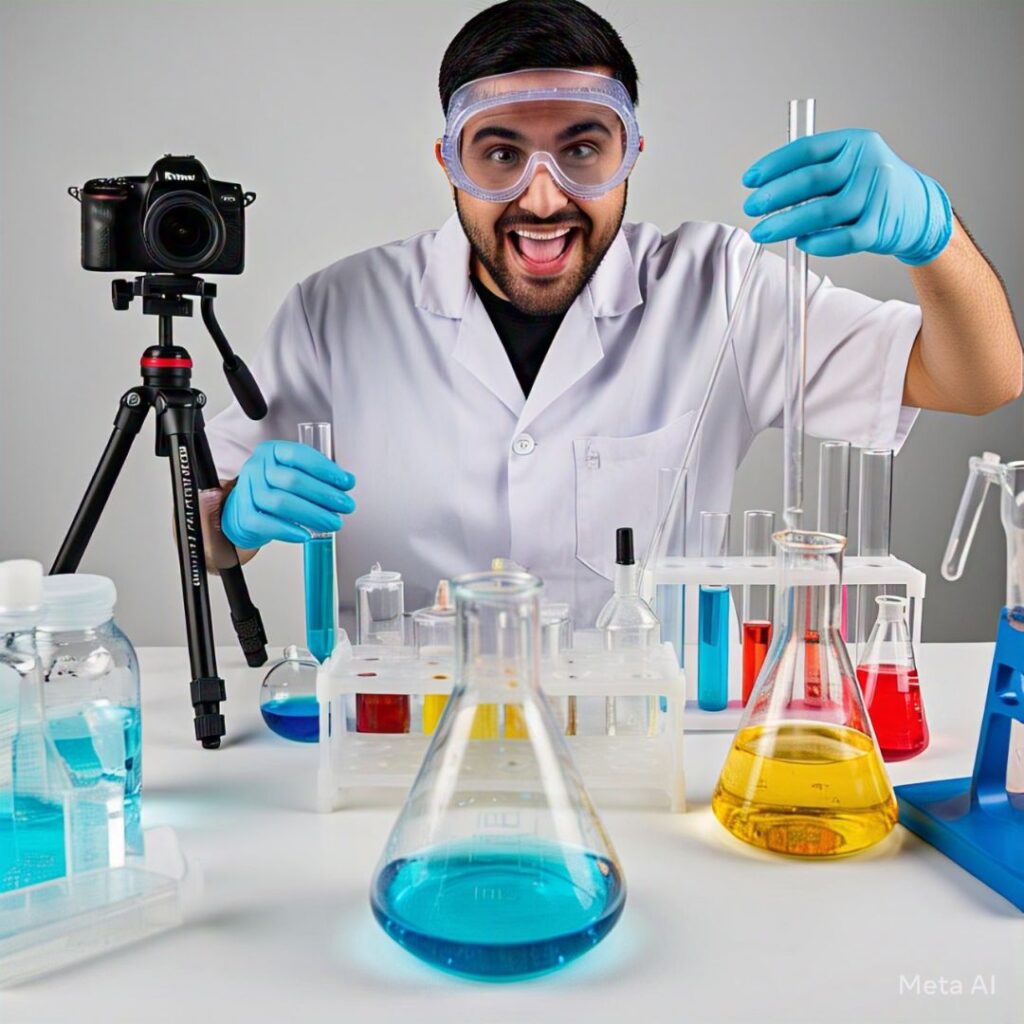
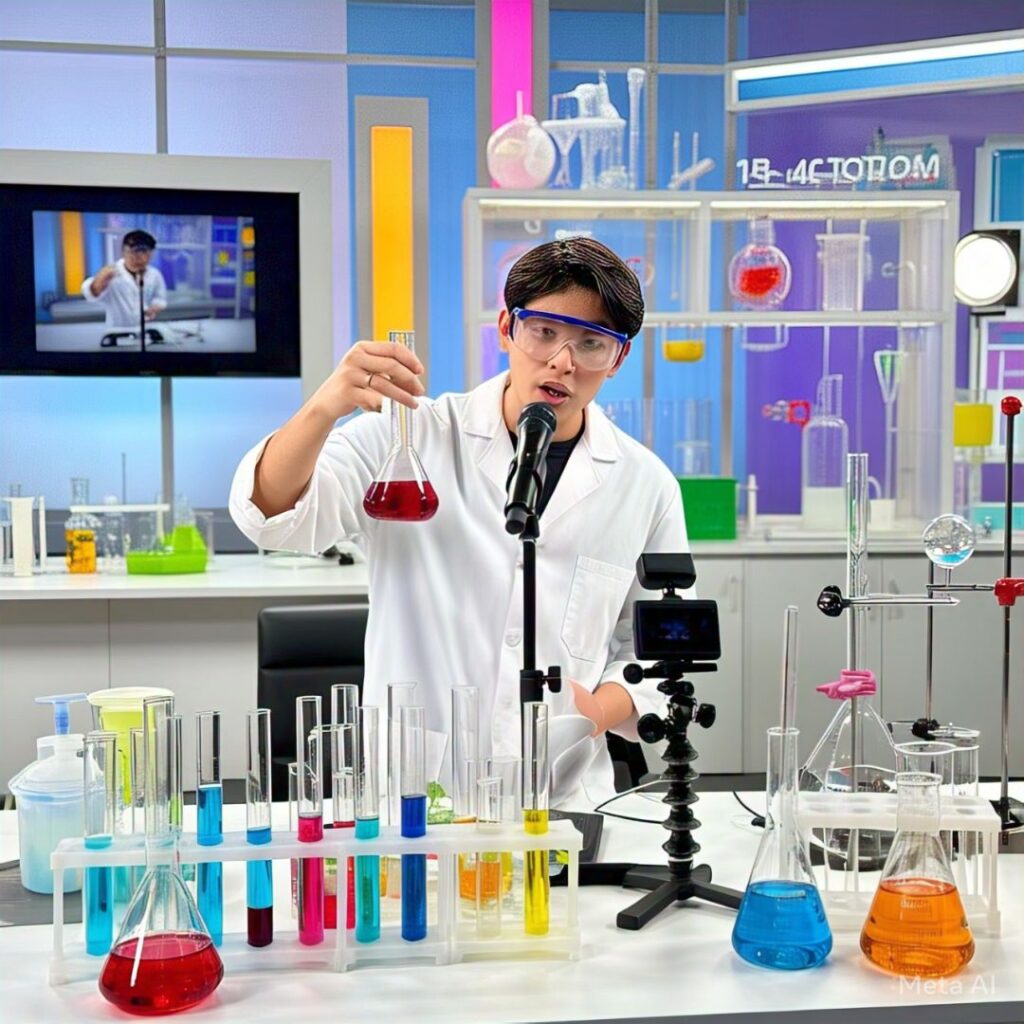

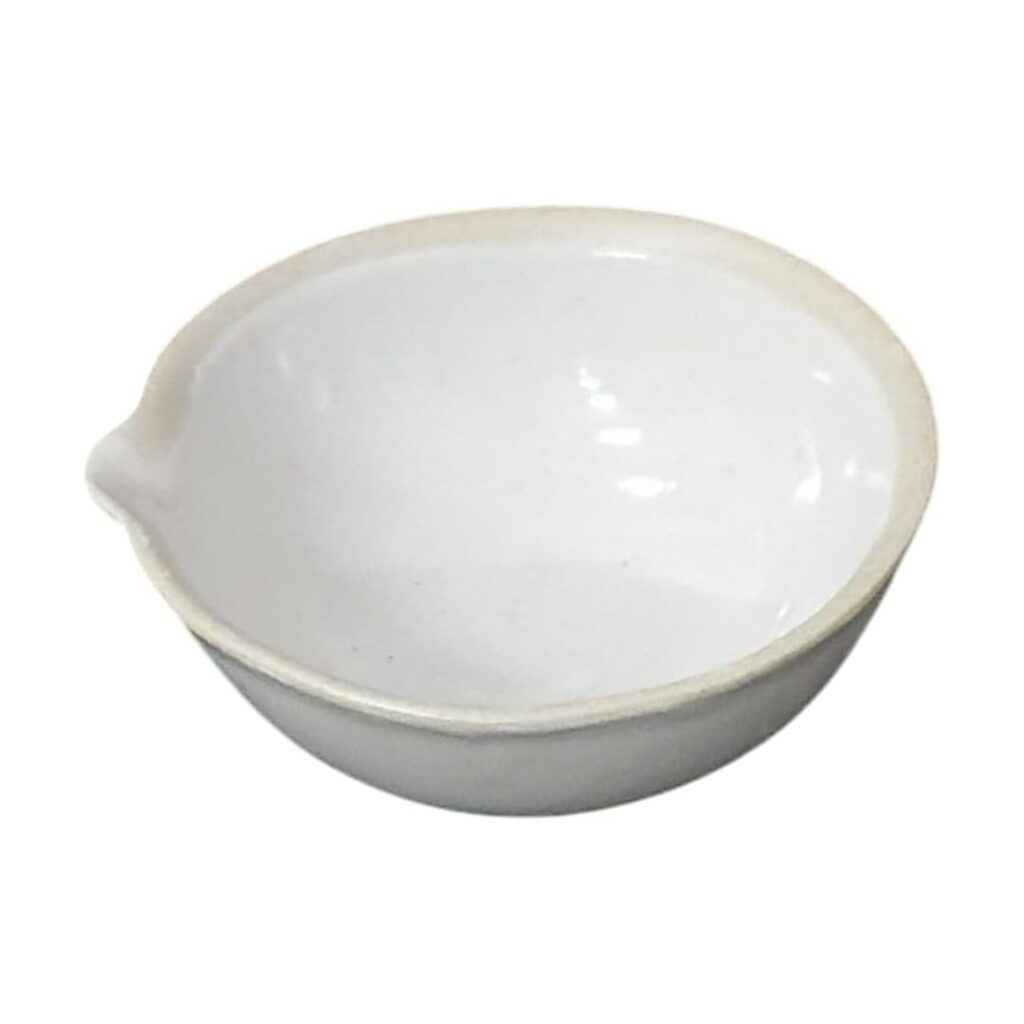
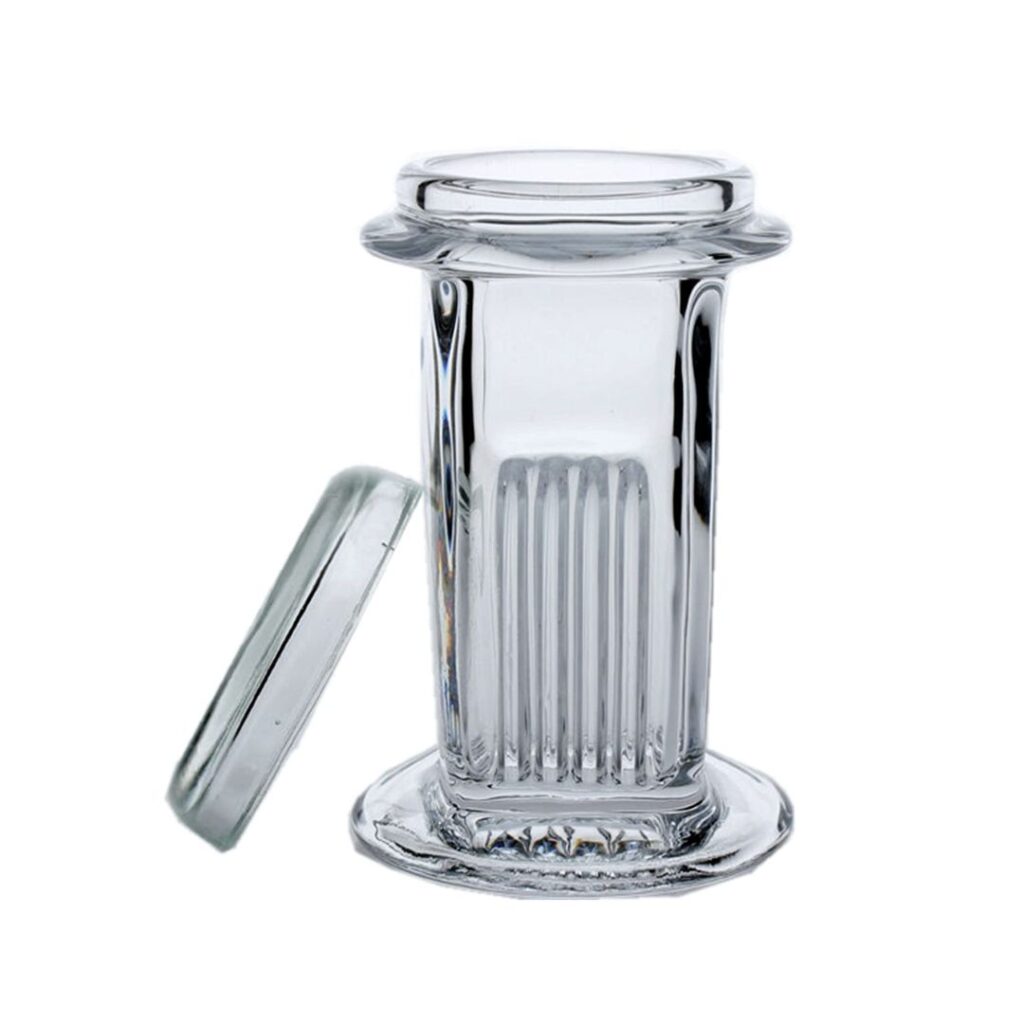

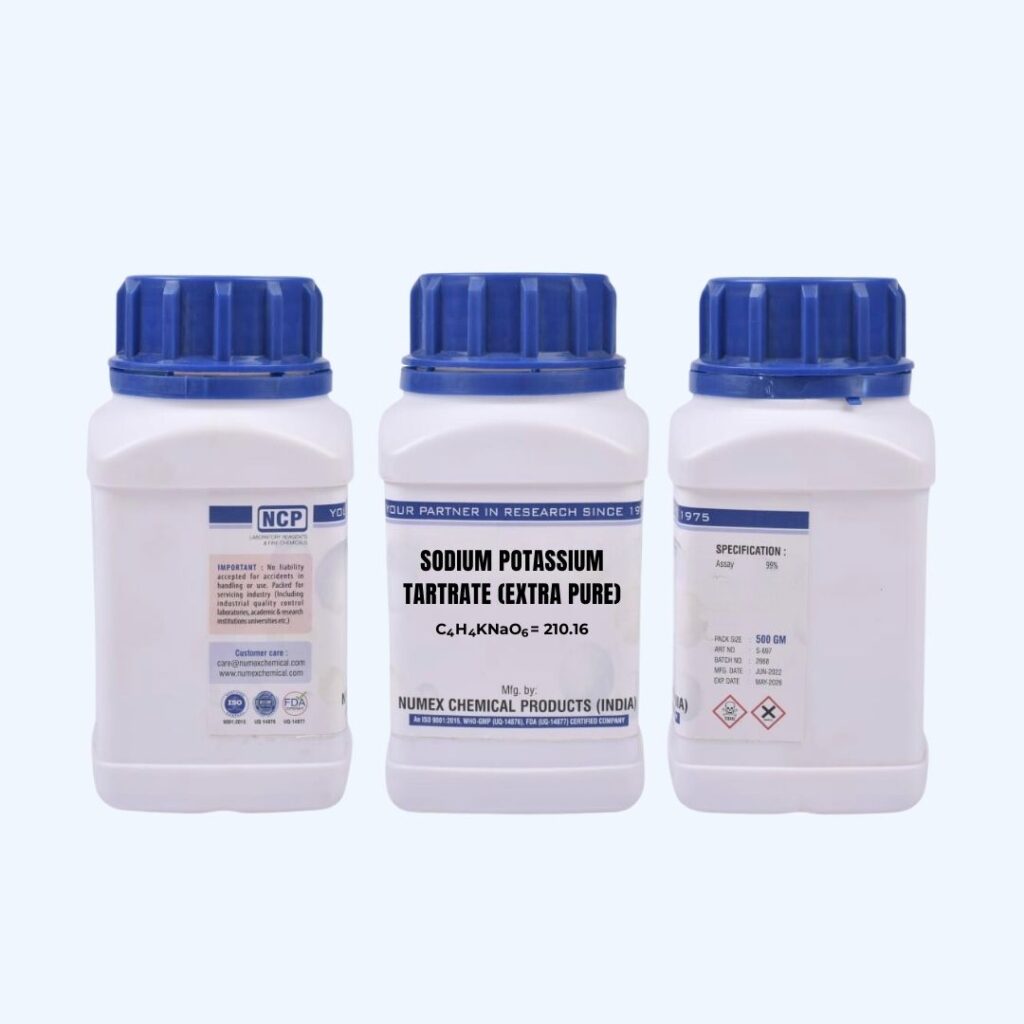

 Cardiology
Cardiology Clinical Oncology
Clinical Oncology






